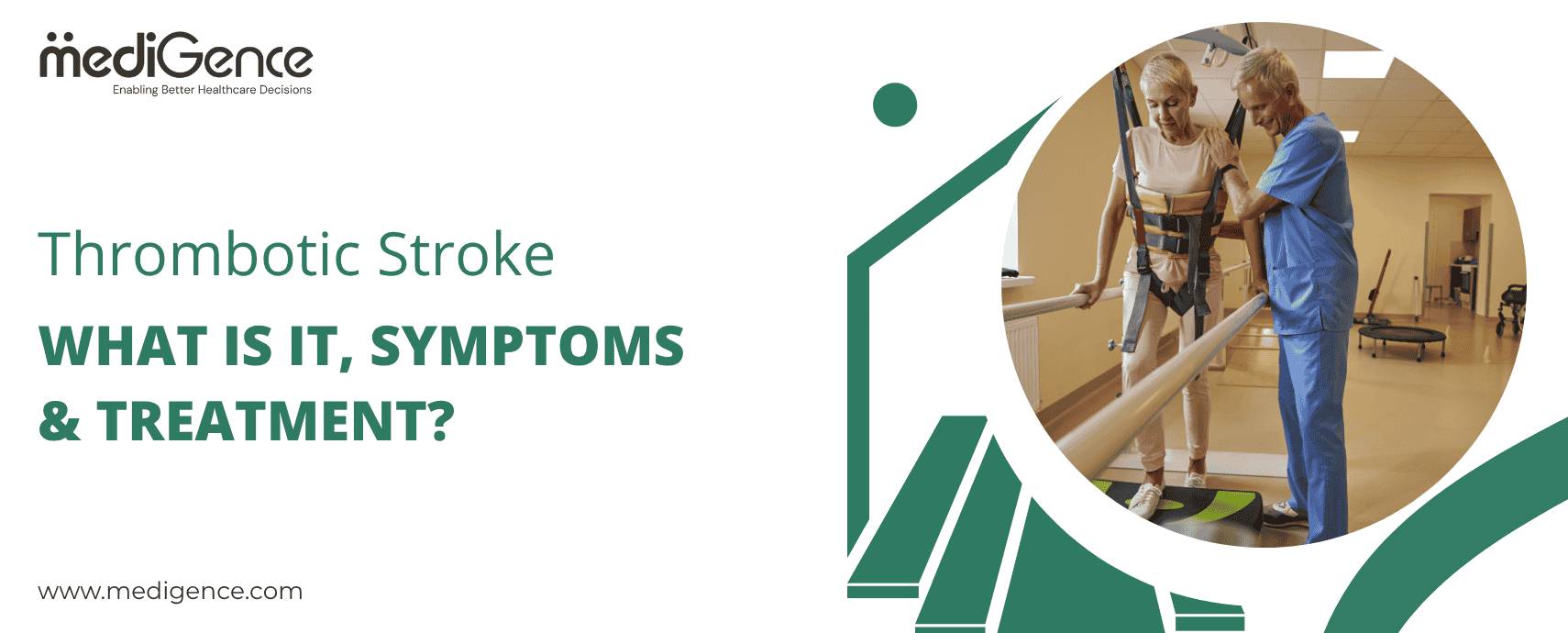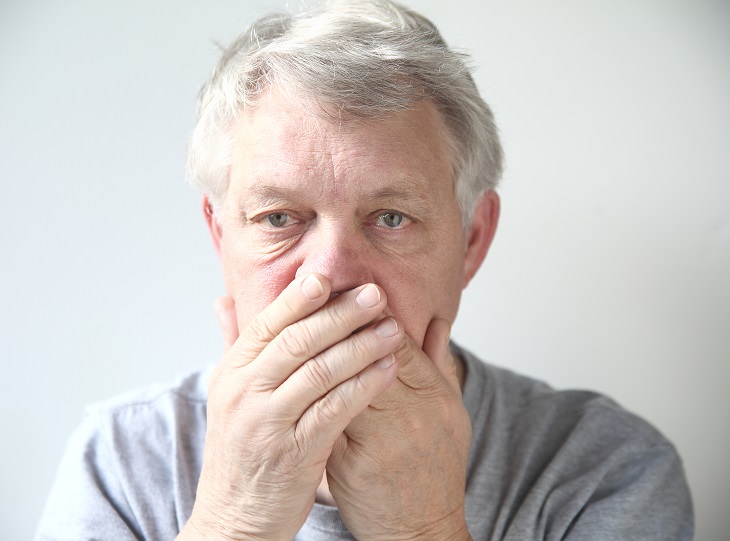A thrombotic stroke, which is a type of ischaemic stroke, may result from a clot or fatty deposit (called a thrombus) that sufficiently restricts blood flow to deprive the brain of oxygen and nutrients. Plaque accumulation along the main arteries that are supplying blood to the brain, a condition known as atherosclerosis or hardening of the arteries, is nearly always the cause of a thrombotic stroke.
Both big and small arteries in the brain can be impacted by thrombotic strokes:
- Large artery strokes prevent blood flow to larger areas of the brain typically resulting in the greatest amount of disability. Plaque often accumulates gradually over time without causing any symptoms, but when a clot unexpectedly develops and blocks the artery, symptoms appear.
- A tiny artery that is deep within the brain can be the site of a thrombotic stroke, but this type of stroke is known as a lacunar stroke. Since only a small portion of the brain is impacted, lacunar strokes frequently have few symptoms. According to research, lacunar strokes account for between 15% and 25% of all ischaemic strokes.
Transient ischemic attacks, or TIAs, that are “mini-strokes,” can often occur before thrombotic strokes and are frequently a symptom that a stroke is imminent, lasting anywhere from a few minutes to up to 24 hours. The symptoms of a TIA are comparable to those of a stroke, despite the fact that they are typically mild and temporary.

Book Online Consultation
Causes
A blocked artery results in insufficient blood supply to a portion of the brain, which causes thrombotic strokes, which is more likely to occur in those who have certain risk factors:-
- High cholesterol
- High blood pressure
- Consumption of tobacco products
- Smoking cigarettes
- Obesity
- Diabetes
- Loss of physical activity
- Atrial fibrillation
- COVID-19
- Infections (such as bloodstream infections, sepsis, heart valve infections, and bacterial or fungal infections)
Symptoms
A certain area of your brain controls every bodily function, including speaking, moving an arm, and maintaining equilibrium. The areas of the brain damaged and the severity of the stroke will determine the symptoms you get during a big vascular thrombotic stroke. Although warning indicators might occasionally appear gradually over several hours, thrombotic strokes typically cause abrupt symptoms. In any case, they have similarities to the symptoms of all stroke types, including:
- Drooping of the face
- Double or blurred vision
- Weakness, numbness, or even paralysis on one side of the body
- Slurred speech
- Speech comprehension problems
- Headache
- Hand and arm coordination issues
Treatment
Restoring blood supply to the brain is the most crucial aspect of treating a thrombotic stroke. In order to lower your chance of death, new disability, and irreversible brain damage, medical professionals will make every effort to complete this as quickly as feasible.
The most popular therapies consist of:
1. Mechanical thrombectomy: This operation uses a tiny, thin tube called a catheter to remove a blood clot. A catheter will be inserted by a medical professional into a blood vessel in your groin or wrist. The catheter will then be inserted up to the brain clot. They will either break apart the clot and suck up the fragments or hoover it up in one piece. You can have a thrombectomy done within 24 hours of the onset of symptoms.
2. Thrombolytic medication: A clot-busting medication, such as tissue plasminogen activator (t-PA), is the most successful treatment for ischaemic stroke. The medication needs to be administered through Intravenous (IV) lines a few hours after the onset of stroke symptoms. This medication has the ability to break up clots and increase blood flow to the brain. After a stroke, patients who take this medicine typically experience reduced long-term disability. Because of this, it’s critical to get emergency care right away if you’re experiencing stroke symptoms.
3. Administration of blood thinners: Aspirin or other antiplatelet drugs are frequently required. Stronger drugs called anticoagulants can reduce your risk of stroke if you have a clotting disease or atrial fibrillation.
4. Control blood sugar: To aid in your brain’s recovery, your healthcare experts will keep an eye on your blood glucose (blood sugar) levels.
5. Oxygen therapy: During a stroke, your brain does not receive enough oxygen. You might be required to wear a nosepiece that provides more oxygen by your healthcare providers. This will facilitate breathing and assist your body in replenishing your brain’s oxygen supply.
6. Endarterectomy: This procedure is used to clear plaque from clogged or constricted arteries. You may be less likely to get another blood clot as a result.
7. Stenting: A little tube called a stent aids in maintaining an open blood channel and boosting blood flow.
8. Rehabilitation for thrombotic stroke: An essential component of treating a thrombotic stroke is stroke rehabilitation. After a stroke, you will require appropriate rehabilitation, which is a mix of:
- Occupational therapy can assist you in safely doing your everyday duties, particularly those that require precise body motions, such as daily chores.
- Physical therapy can help you regain use of your arms and legs, strengthen your muscles, and improve your balance.
- Speech therapy can help you restore or enhance your language and speaking skills as well as manage the muscles involved in breathing, eating, swallowing, and talking.










